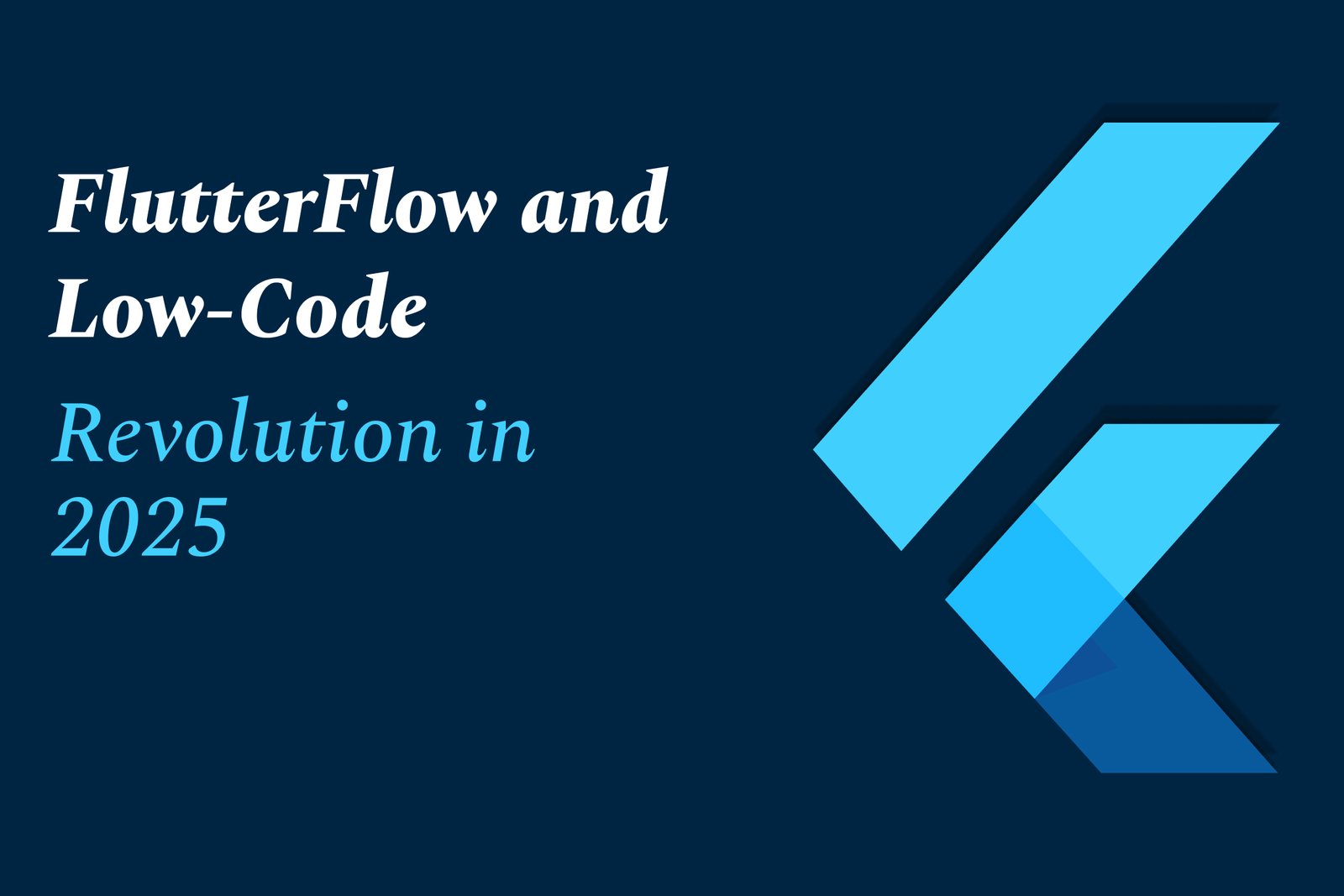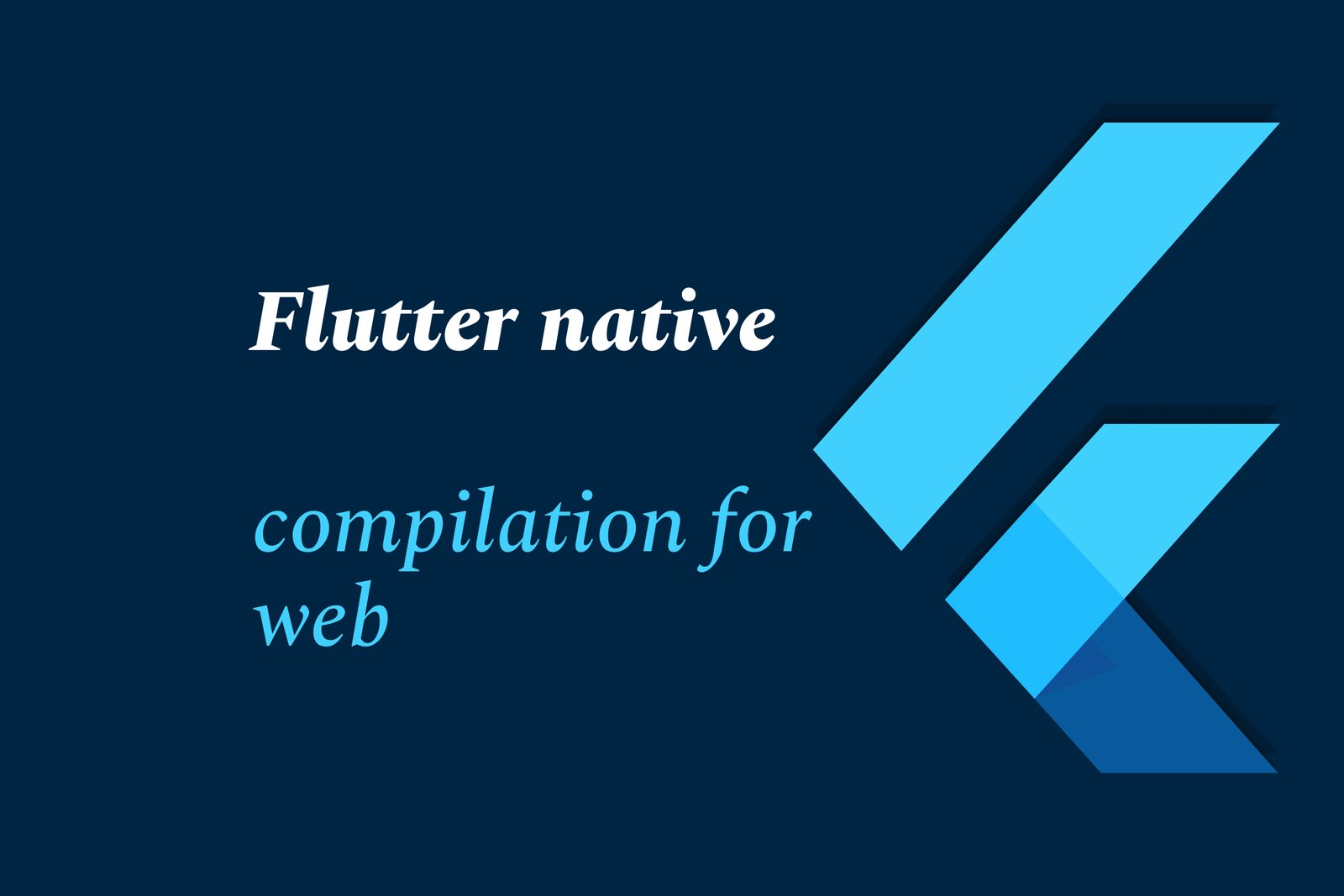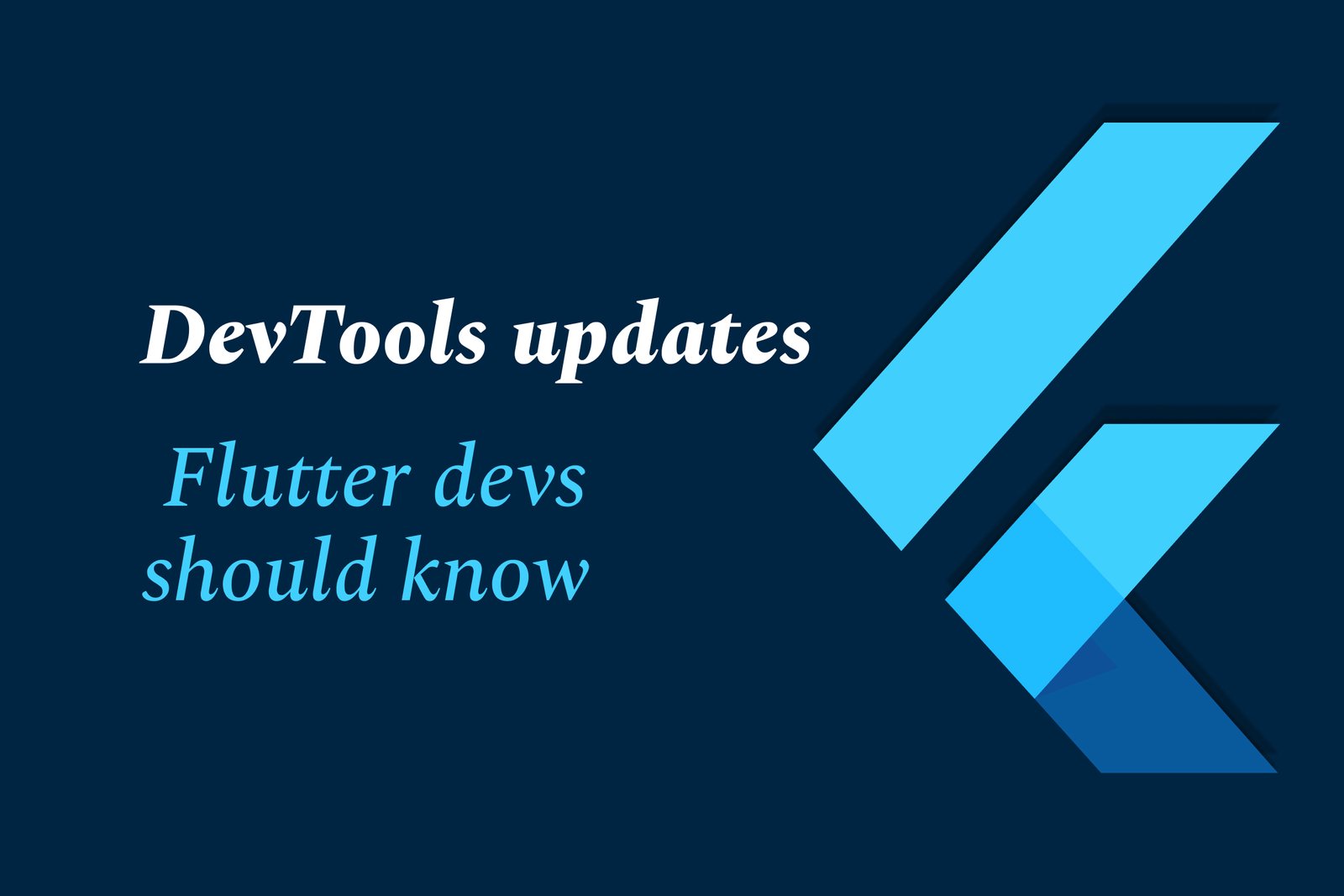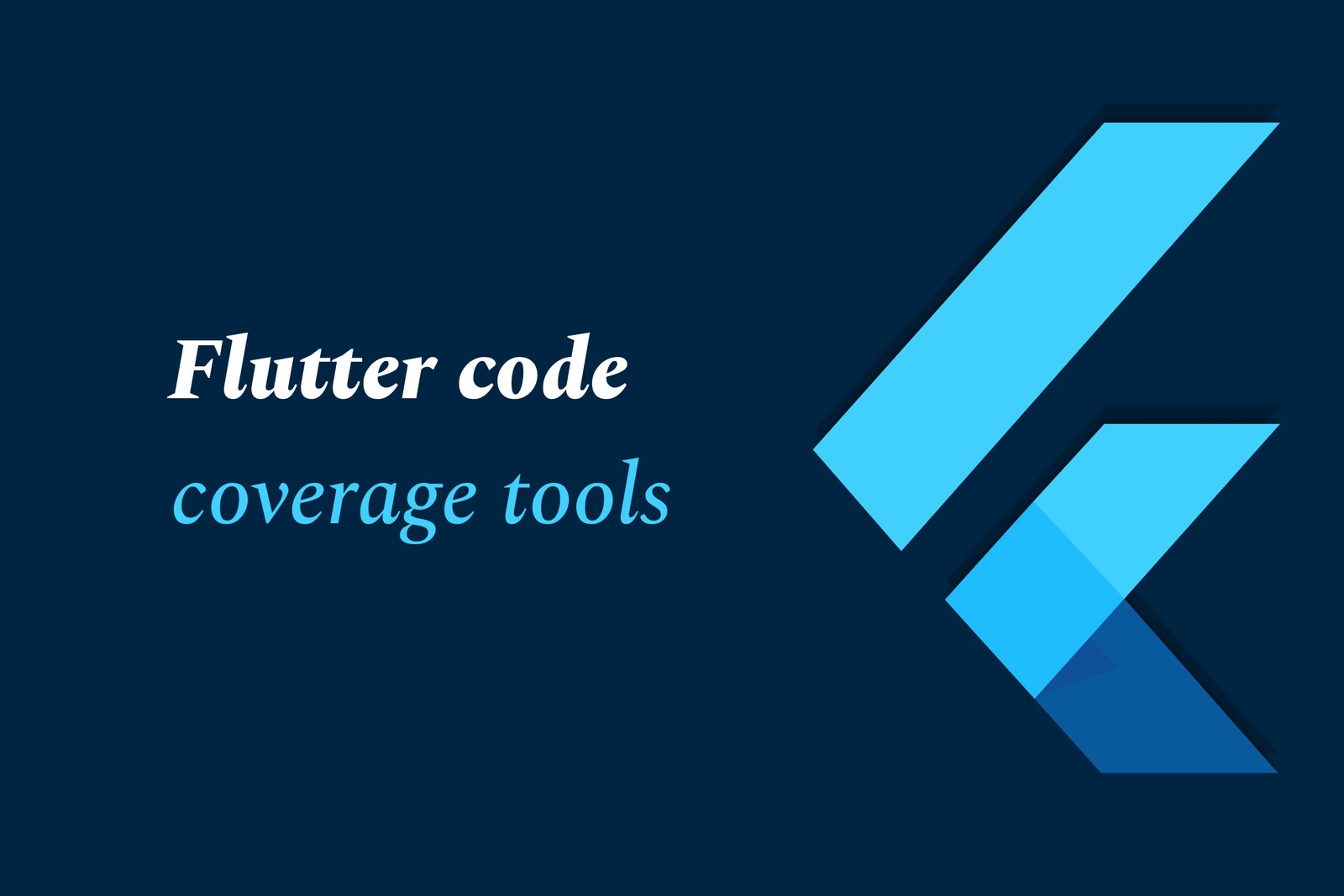FlutterFlow and Low-Code Revolution in 2025
FlutterFlow, a leading low-code platform leveraging Flutter, is driving the 2025 low-code revolution by enabling rapid, visual app development with minimal coding. It empowers both developers and non-tech users to build scalable mobile and web apps efficiently, accelerating digital innovation.
FlutterFlow and Low Code Revolution in 2025
1 ) Introduction to Low Code Revolution
Low code development platforms are transforming how businesses create applications by enabling faster production with minimal hand coding.
By 2025, Gartner predicts 70% of businesses will extensively adopt low code platforms to empower both IT professionals and citizen developers — users outside the IT department who build applications independently.
2 ) FlutterFlow Overview
FlutterFlow is a prominent low code platform focused on building native mobile and web apps using Flutter and Firebase.
It combines drag and drop UI construction with integration capabilities for APIs and Firebase, allowing developers to add advanced features like push notifications and payments.
Users can export clean Flutter code to customize further or deploy directly to app stores.
However, some developers express concerns about FlutterFlow’s suitability for handling very complex business logic and large scale applications.
3 ) Benefits of Low Code Platforms in 2025
Increased Development Speed: Accelerate app creation 3 to 5 times compared to traditional coding.
Empowerment of Citizen Developers: Non technical users can build departmental or enterprise apps, easing IT team workloads.
Business Agility and Adaptability: Tools can be modified and scaled rapidly to respond to evolving business needs.
Integration and Automation: Seamless connections to data sources and APIs enable automation of repetitive tasks and real time analytics.
4 ) Key Use Cases and Examples
Custom dashboards tracking metrics and visualizing data for faster insights.
Admin panels streamlining operations like employee or resource management.
Dynamic analytical tools processing business logic for tasks such as risk assessment and pricing.
Examples include e commerce sales dashboards, logistics management systems, and financial institution reporting tools.
5 ) Challenges and Considerations
While low code platforms like FlutterFlow excel at rapid design and deployment, they may face limitations in highly complex business logic scenarios.
Transitioning from low code prototypes or MVPs to fully scalable applications sometimes requires traditional development teams.
Ensuring maintainability and code quality during handoff is critical for long term success.
6 ) Broader Industry Context
The low code/no code movement is supported by major players like Microsoft Power Platform and Retool, which focus on operational efficiency through customizable admin tools and workflow automation.
Enterprises invest in AI driven enablement and training programs to leverage these technologies effectively.
The overarching goal is to increase productivity, reduce development bottlenecks, and improve customer experiences.
Conclusion
The low code revolution is poised to reshape software development and business operations in 2025. Platforms like FlutterFlow make app building more accessible and faster, powering innovation and agility. However, organizations must balance ease of use with technical complexity, considering when to augment low code solutions with professional development resources to fully realize their potential.
https://justacademy.in/news-detail/flutter’s-new-devtools-make-debugging-easier-than-ever
https://justacademy.in/news-detail/new-features-in-flutter-4.0-stable
https://justacademy.in/news-detail/best-flutter-practices-every-developer-should-follow
https://justacademy.in/news-detail/why-flutter-developers-are-in-high-demand-in-india
https://justacademy.in/news-detail/ai-powered-ui-generation-in-flutter
Related Posts
Top Flutter animation packages like SpinKit, Animations, and Flutter Animate simplify adding smooth, engaging animations to apps. They offer ready-made loaders, material transitions, and versatile effects, enhancing user experience with minimal code and improved UI appeal.
Flutter AI packages are rapidly gaining traction by enabling developers to easily integrate powerful AI features like machine learning and natural language processing into cross-platform apps, boosting innovation and efficiency within the growing Flutter ecosystem.
Flutter enables cross-platform desktop app development with a single codebase, offering fast UI design, native performance, and strong community support. However, it faces challenges like larger app sizes, limited desktop-specific features, and a less mature ecosystem compared to native tools.
Flutter AI combines Flutter’s cross-platform app development with AI technologies to create smart, efficient fintech and healthcare apps—enabling fraud detection, personalized finance tips, medical imaging, virtual health assistants, and automation for improved user experience and operational efficiency.
Flutter's Linux desktop support has steadily advanced, improving performance, native theming, and integration with Linux desktop environments. Collaboration with Canonical and the community is driving better window decorations, menu support, and release-ready app builds for seamless Linux app development.
Flutter is a versatile UI toolkit by Google enabling cross-platform app development, increasingly used for Smart TVs and IoT devices. It allows building native-like interfaces for diverse platforms, streamlining development despite challenges like remote navigation and platform-specific integration.
Flutter native compilation for web transforms Flutter code into efficient JavaScript and WebAssembly, enabling fast, high-performance web apps with smooth UI rendering. This approach delivers near-native speed and consistency across browsers using a single codebase.
Flutter DevTools has been updated with enhanced performance profiling, an improved widget inspector, network monitoring, Material You theming support, faster hot reload/restart, and better accessibility tools—helping developers debug and optimize Flutter apps more efficiently.
Flutter code coverage tools measure the percentage of code executed during testing, helping developers identify untested parts. Using commands like `flutter test --coverage` and tools like LCOV and VSCode extensions, they visualize coverage to improve code quality and reliability.
In 2025, Dart Pub remains a vital hub for discovering and managing Dart packages, driven by Flutter’s growth. Trends focus on enhanced cross-platform tools, improved performance, richer libraries, and rising use in innovative apps like AR, making Dart Pub essential for versatile, modern development.










